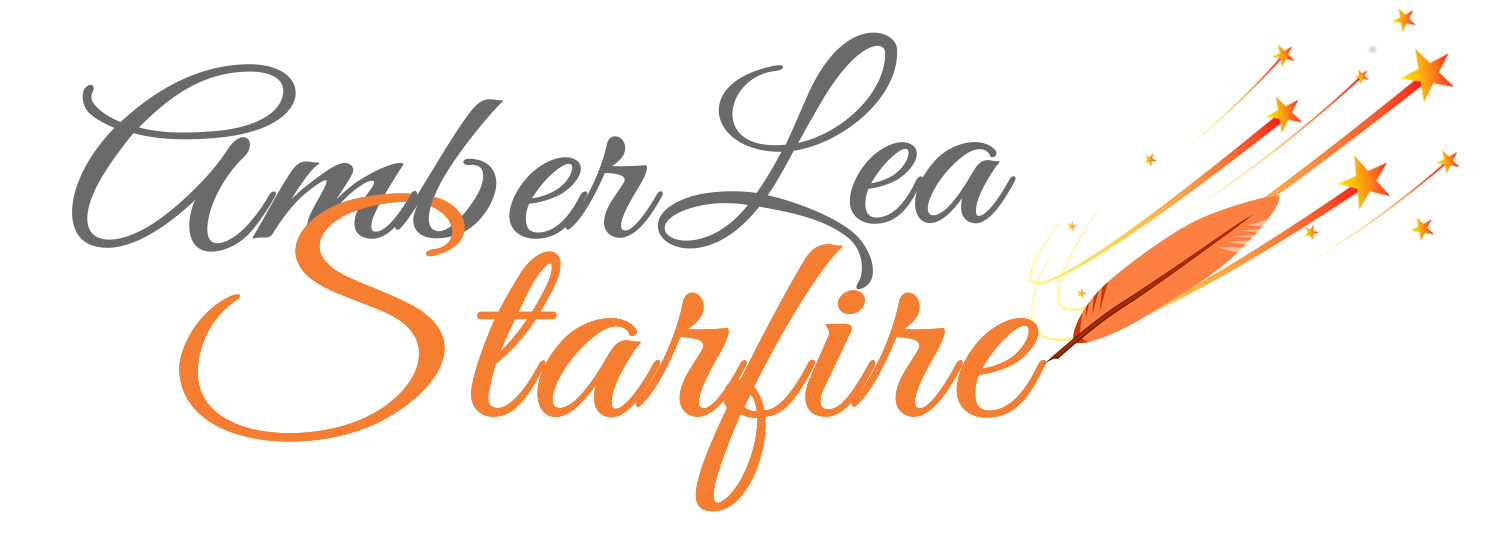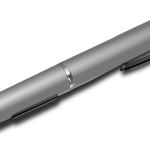Stream of Consciousness Writing begins with a simple breath meditation, after which you write associatively, allowing your words to meander along connected images, feelings, and memories. It’s not a timed process and is even less structured than freewriting, facilitating a kind of subconscious “mind dump” onto the page. In fact, it’s best to do Stream of Consciousness Writing when you’re not under the pressure of an immediate deadline.
The purpose of the Breath Meditation is to help you slow down, center in your physical body, and focus on the task of writing. (Instructions for the breath meditation are below the fold.)
You may have a topic in mind before you begin, or you may choose to let a topic emerge while you are meditating.
Guidelines
- Write by hand. If you’re used to writing on the computer, like I am, you may initially feel some resistance to this guideline. Handwriting slows us down, helps us maintain a meditative frame of mind, and keeps the intuitive, subconscious part of our brain engaged. Keyboarding, on the other hand, lends itself to linear thinking.
– - Be patient with yourself and don’t expect any great insights or “ah-ha” moments right away. This type of writing takes some practice.
– - Allow your thoughts to go where they will. For example, if you are writing about the time you fell into a creek as a child, and you begin writing with an image of a floating branch, and the image of the floating branch stirs a memory of the time you went camping with Uncle Henry, allow yourself to write about the camping experience, and so on.
Instructions for Breath Meditation
I’m providing the following instructions for those who are not already familiar and comfortable with meditating on the breath. If you have a method you prefer to use, please feel free to use it. Read the instructions all the way through before proceeding.
- If you wish, put on some quiet, gentle classical or instrumental (not vocal) music.
– - Sit, not lie, in a comfortable position and close your eyes.
– - Take a deep breath, hold it … then release. As you release your breath feel your feet and toes relax.
– - Take another deep breath, hold it, and release, this time, feeling your calves relax.
– - Continue to take deep, cleansing, releasing breaths, working your way up the body.
– - Feel your knees, thighs, hamstrings, buttocks, low back, upper back, shoulders, arms, hands and fingers, neck, face, and brow all relax, one by one, with each breath.
– - When you feel completely relaxed and centered, imagine you are staring into a thick, white fog. All you see is white. Stay here until a thought or image comes to mind.
– - If you had a writing topic in mind when you began, notice what related image or thought arises. For example, if you began by thinking you wanted to write about a particular event in your life, notice what sensory memory comes to mind: an image, a remembered smell, a sound, a feeling of something against your skin.
– - When you are ready, open your eyes, and write, beginning with that image or sensory detail.
________________________________







Amber,
Love this! Thank you so much for the reminder of this technique. I’ve been struggling with a writing project and could not get at the heart of what I wanted to say. And then, there was your journaling technique on stream of consciousness.
Funny how these things turn up when you need them.
Hope you are well.
Linda
Linda, I love synchronicity — and am happy that the post arrived at the right time for you. 🙂
This has been one of the hardest ways for me to freewrite. I thought I needed the tension/stress of time constraints to get my pen moving, but once used to the meditation before writing, the work seems to come more easily. My husband and I are in a group of writers who use this method, and find our writing full of surprises. Thank you for the pointers. Patsy
Patsy, thanks for the comment. I’m not understanding — is it more or less difficult for you to write using stream of consciousness than the “regular” form of freewriting?
Thanks, Amber. This helps. As soon as I relax and think of my topic the images come to mind to reinforce. What doesn’t help is if I don’t know what I am going to write about. I have to have a general idea and then it’s like the mind mapping thing.
Barbara, thanks for your comment. As with most things, each technique must be adapted or modified to fit our personal needs. It sounds like you’ve figured out how this works best for you.
I’m the same way when I’m working on a piece of writing (not journaling) … It helps to know where I’m going to start.
I love this post – what a fabulous combination. I think free writing is the best way to exercise one’s writing muscle and to get in the zone. I’ve started lots of short stories like this, and although I’m now a novelist, if ever I need a starter, this is what I always do. But this is even better for getting in touch with ourselves. Thank you so much for the post.
You’re welcome, A.K. 🙂
Amber,
I appreciate the detail you present here for a meditative approach to stream of consciousness writing. The step by step is even relaxing just reading it! I also love the intuitive vibe this approach takes, going with the flow, picking up associations along the way. And being okay with whatever result you end up with.
I have chosen your post, Journaling Techniques: Writing on the Stream of Consciousness, for the #JournalChat Pick of the Day on 3/8/13 for all things journaling on Twitter; a link will be posted on the social networks, on my blog and website Refresh with Dawn Herring, and in my weekly Refresh Journal: http://tinyurl.com/abael32.
#JournalChat Live is every Thursday, 5 EST/2 PST, for all things journaling on Twitter; our topic this week was Your Journaling: Changing Perceptions.
Thanks again for sharing this effective approach to journaling.
Be refreshed,
Dawn Herring
Your Refreshment Specialist
Host of #JournalChat Live and Links Edition on Twitter
Author of The Birthday Wall: Create a Collage to Celebrate Your Child
My emotions feel sooo buried I feel like I’m stuck to know what to begining to write about or how to start so that what I write I can learn from and release all the thoughts that are real Not fluff and that is Honest.
O I should have said for my Journal how to write or unload truthful things I can learn from when I feel stuck with buried emotions
Jamel, try this Stream of Consciousness writing technique — be sure to first center and meditate on your breath, as it’s a critical piece. Then write about something simple: water, rocks, sky. Write by hand and write whatever pops into your mind, no matter how it seems. When you don’t judge yourself and allow free expression, eventually some of those bottled up emotions will begin to emerge safely.
Great. Thanks for sharing.
Pingback: You Don't Have To Be In A Relationship To Be Happy, You Just Need To Understand Yourself
One thing you do need to mention is that not everybody can actually do stream-of-consciousness writing. There are those of us who need structure, and no amount of meditation will do anything to change that.
I’m trapped with a prompt for a bingo card requiring me to use that technique, and I don’t know how I’ll ever do it.
Hi “Me,” and thank you for joining the conversation. Actually, I disagree with you. Everyone can do stream-of-consciousness writing. Meditation can be important to help us get into the frame of mind and open us up, but some people slide into that frame of mind easier than others, and meditation may not be right for everyone. That said, stream-of-consciousness is actually a structure of its own. It’s writing about associations. For example, what does a pink rose remind you of? What’s the first thing that comes to mind? Write about it. And what does what you’ve just written remind you of? Write about that. — This is stream-of-consciousness or associative writing. That’s the structure. Does that help?
Pingback: How To Start Writing When You Don’t Know What To Write • Badassery Magazine
This was so helpful. I’m referring this in my upcoming blog post! Thank you! 🙂
Glad you found it helpful, Linda. Post the link to the blog post in the comments, so we can check it out.
Pingback: 5 Anxiety Reducing Techniques That Take Less Than 20 mins - Rachel Boswell Coaching
Pingback: How to Start Journaling For Self Improvement And Stick To It - The Self Art
Pingback: Journaling: Scribble Your Way to Sanity - Ellen Says Hi